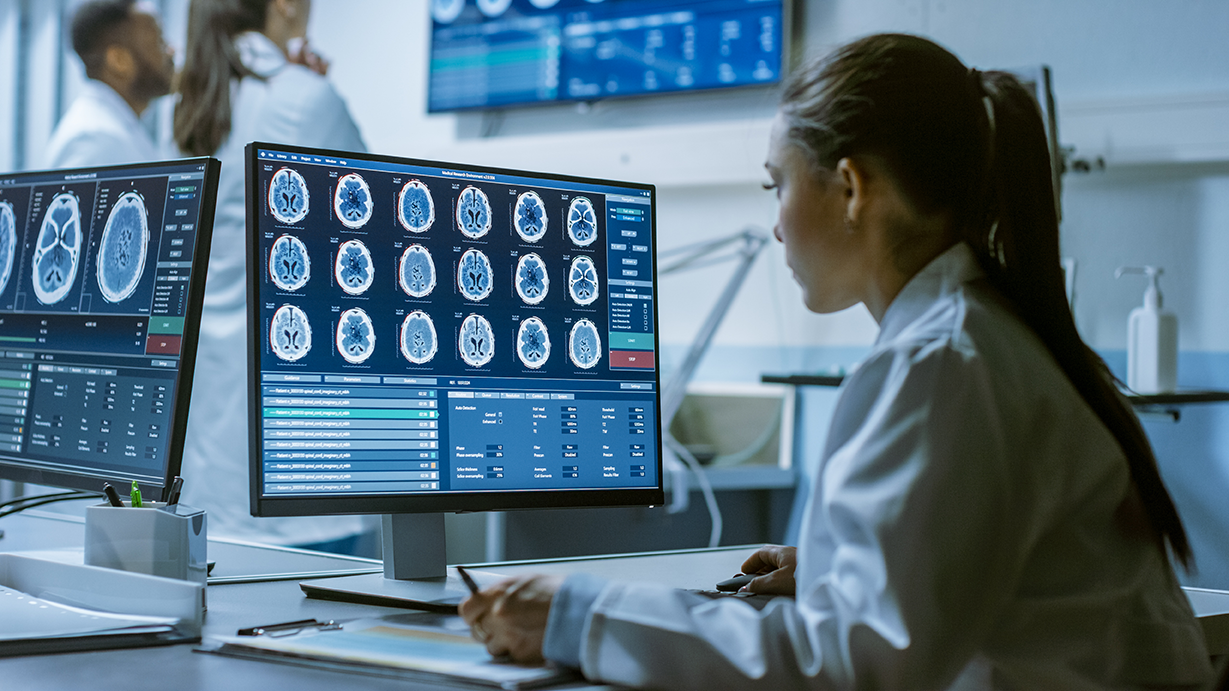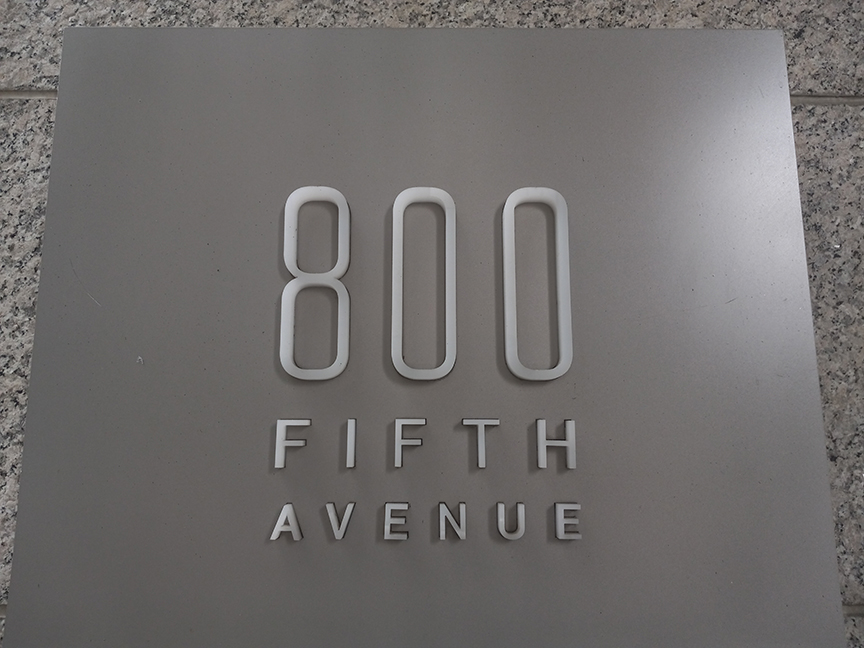The Evolution of Hospital Computer Database Technology in the 1990s
The 1990s marked a pivotal decade for hospital database technology, laying the foundational elements for today's electronic health records (EHRs). During this period, medical institutions transitioned from paper-based record-keeping to computerized systems, driven by the promise of increased accuracy, efficiency, and improved patient outcomes. Hospitals increasingly adopted various types of computer database technology from the 1990s that supported clinical operations, billing, and administrative functions.
Relational and hierarchical database models gained prevalence during this era, serving diverse clinical and operational needs. Systems such as COSTAR, PROMIS, TMR, and HELP began to define the landscape of hospital databases, offering streamlined data management for specific clinical domains. These early systems often ran on mainframe or mini-computer hardware, which meant that hospital data was stored in large, cumbersome servers that required intensive maintenance and regular backups. Consequently, the preservation, repair, and restoration of this data became critical tasks for institutions seeking to maintain continuity of care and comply with emerging regulations.
The Role of Hospital Databases in the 1990s Medical Landscape
The 1990s marked a pivotal turning point in healthcare data management. Hospitals started to leverage computer database technology from the 1990s to facilitate not only basic record-keeping but also to support clinical decision-making. The integration of hospital database systems enabled providers to access patient information more rapidly, improving the speed and accuracy of diagnoses and treatments.
Moreover, hospital-specific databases began to include comprehensive data on laboratory results, prescriptions, and physician notes. These systems also started to incorporate diagnostic images and other multimedia data, which posed new challenges for hardware storage and Data Recovery. As networked systems became more widespread, the ability to share information across departments and even remote locations improved patient coordination and outcomes. In this evolving environment, the importance of reliable Data Recovery services, such as those provided by Seattle Data Recovery, has become undeniable for safeguarding invaluable hospital data stored on legacy hardware.
Common Hardware and Storage Challenges of 1990s Hospital Databases
Hospital databases from this era often ran on legacy hardware, such as large mainframe systems and mini-computers, which had limited storage capacities and high operational costs. These systems required external storage devices, including tape drives, floppy disks, and early hard disks, to handle data backups. Consequently, data corruption, hardware failure, or accidental damage can lead to catastrophic data loss, necessitating expert recovery services.
Additionally, the hardware components themselves were prone to wear and tear, especially in high-usage environments. Over time, magnetic media degraded, and hardware components became obsolete, making recovery efforts more complex. As hospital data was stored on aging equipment, the need for specialized technical support to repair data and restore the hospital database became crucial. Seattle Data Recovery's capabilities in repairing these outdated systems and transferring data to modern infrastructure could mean the difference between lost records and renewed operational capacity.
The Importance of Data Preservation and Recovery in Medical Institutions
Data preservation holds unparalleled importance for hospitals, particularly when it involves sensitive patient records and vital operational information. In the 1990s, many healthcare facilities lacked comprehensive disaster recovery plans, relying mainly on periodic backups that could be compromised due to hardware failures or human error.
Seattle Data Recovery plays an essential role in this context by specializing in the repair and restoration of hospital database data from the 1990s. Their team's expertise ensures that even severely damaged or inaccessible data can be recovered, thus maintaining the integrity of patient records and ensuring compliance with healthcare regulations. Once recovered, these legacy databases can be transferred seamlessly to new, higher-capacity infrastructure, such as the advanced HP Compute Gen 12 servers equipped with NVIDIA RTX GPUs, which dramatically enhance data handling capabilities.
Modern Solutions for Legacy Hospital Data: Rebuilding and Migration
The process of restoring hospital database data from the 1990s involves meticulous work, often involving the handling of corrupted or damaged storage media. After recovery, the next step involves transferring this data onto modern hardware to ensure long-term preservation and ongoing accessibility. This is where Seattle Data Recovery's expertise shines, as they specialize in rebuilding powerful new hospital database servers.
Utilizing HP Compute Gen 12 servers coupled with NVIDIA RTX GPUs, Seattle Data Recovery rebuilds hospital database environments capable of handling contemporary demands. These servers provide high processing power, large memory pools, and accelerated data processing, which are crucial for legacy data migration. The result is a seamless transition from dated hardware to state-of-the-art infrastructure, ensuring hospitals can access historical records quickly and reliably, which is crucial for legal, clinical, and operational purposes.
Benefits of Upgrading Hospital Storage with HP Compute Gen 12 and NVIDIA RTX GPUs
Transitioning legacy hospital databases into a modern infrastructure involves more than just Data Recovery; it also requires enhancing the underlying hardware environment. HP Compute Gen 12 servers, complemented by NVIDIA RTX GPUs, deliver exceptional computational power, real-time data processing, and scalability—all vital for healthcare providers managing extensive historical datasets from the 1990s.
This upgrade process enhances workflows, improves disaster recovery resilience, and enables new analytics capabilities on historical data. The high-performance GPU acceleration means faster query processing, smarter data retrieval, and integration with advanced clinical decision support systems. As a result, hospitals gain not only a secure repository of past medical records but also a future-ready platform that retains accessibility, security, and compliance.
Challenges of Restoring 1990s Hospital Database Data Today
Despite the advanced technology available now, restoring hospital database data from the 1990s presents unique challenges. The aging storage media, inconsistent data formats, and obsolete hardware can pose significant obstacles during recovery efforts. Data corruption is common, and the physical media often needs specialist handling to prevent further damage.
Seattle Data Recovery's approach focuses on overcoming these hurdles with state-of-the-art equipment and expert knowledge. Their team uses specialized tools and techniques to repair or extract data from damaged hardware and formats. Once recovered, this data must be carefully converted into formats compatible with modern software. The seamless transfer of this legacy information onto advanced HP servers with NVIDIA RTX GPUs ensures hospitals can future-proof their vital medical data.
Case Studies: Restoring Critical Hospital Data Records from the 1990s
Over the years, Seattle Data Recovery has successfully restored dozens of hospital database systems from the 1990s, helping healthcare institutions reclaim critical and sometimes irreplaceable records. In one notable instance, a regional hospital system experienced total data loss on legacy tape drives, threatening years of patient records and operational data. Through their expertise, Seattle Data Recovery successfully recovered and transferred this vital information to a modern HP server environment, ensuring continued access.
These case studies highlight the importance of expert Data Recovery services and demonstrate how each project presents unique challenges, ranging from handling degraded magnetic media to converting outdated data formats. Furthermore, the capability to transfer recovered data onto the powerful infrastructure of HP Compute Gen 12 servers with NVIDIA RTX GPUs ensures future scalability and operational resilience for hospitals.
The Future of Hospital Data Management and Recovery
Moving forward, hospitals must adapt to rapidly evolving data management challenges, particularly those related to legacy data from the 1990s. As institutions modernize their infrastructure, the restoration and migration of legacy hospital databases will become increasingly important. Ensuring data integrity, security, and accessibility requires specialized solutions, such as those provided by Seattle Data Recovery.
The integration of legacy hospital databases into new, scalable environments will help healthcare providers leverage historical data for advanced analytics, research, and clinical decision support. The power of HP Compute Gen 12 Servers combined with NVIDIA RTX GPUs makes this transition not only feasible but also highly efficient. Hospitals can trust that their past data remains accessible and protected, enabling them to provide better patient care and ensure compliance moving forward.
Why Choose Seattle Data Recovery for Your Hospital Database Restoration Needs
When dealing with hospital database technology from the 1990s, experience and expertise matter greatly. Seattle Data Recovery has established itself as the premier partner in recovering, repairing, and transferring legacy hospital data. Their team's deep understanding of both historical hardware and modern infrastructure ensures that your data is in safe hands.
Moreover, their ability to transfer recovered information to cutting-edge HP server solutions with NVIDIA RTX GPUs guarantees high-performance operation. Whether facing hardware failure, data corruption, or obsolescence, Seattle Data Recovery offers tailored solutions to meet your unique needs. Trust them to safeguard your hospital's legacy data while unlocking the potential of the latest technology to serve future healthcare demands.
In Summary:
Hospitals in the 1990s laid the groundwork for today's sophisticated digital healthcare landscape by pioneering computer database technology. However, many of these legacy systems are now vulnerable to failure and data loss. Seattle Data Recovery brings cutting-edge expertise to restore and transfer these invaluable records, ensuring seamless migration to powerful modern Servers like HP Compute Gen 12 equipped with NVIDIA RTX GPUs. This process not only preserves hospital history but also enables advanced data analysis and operational efficiency for decades to come.










